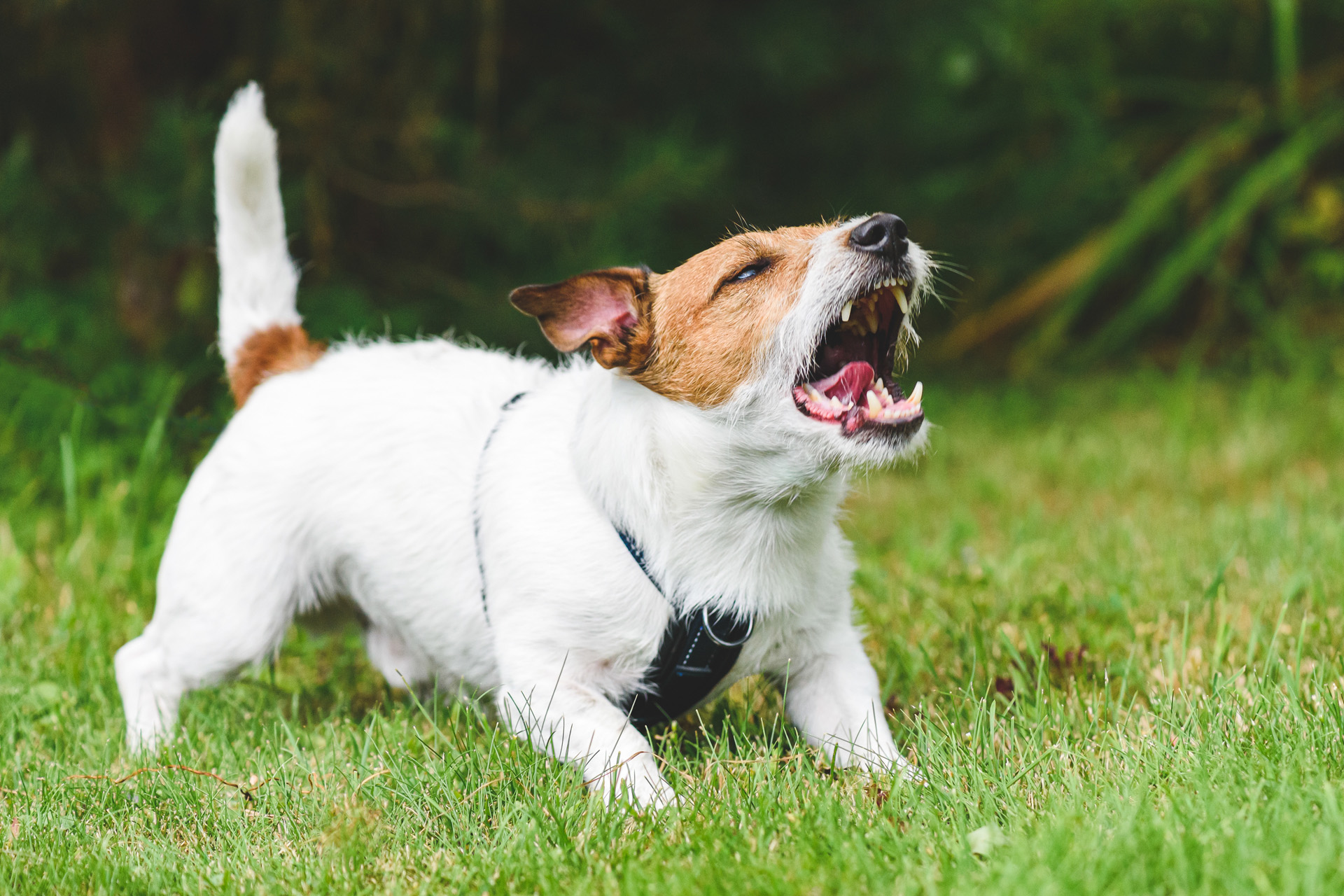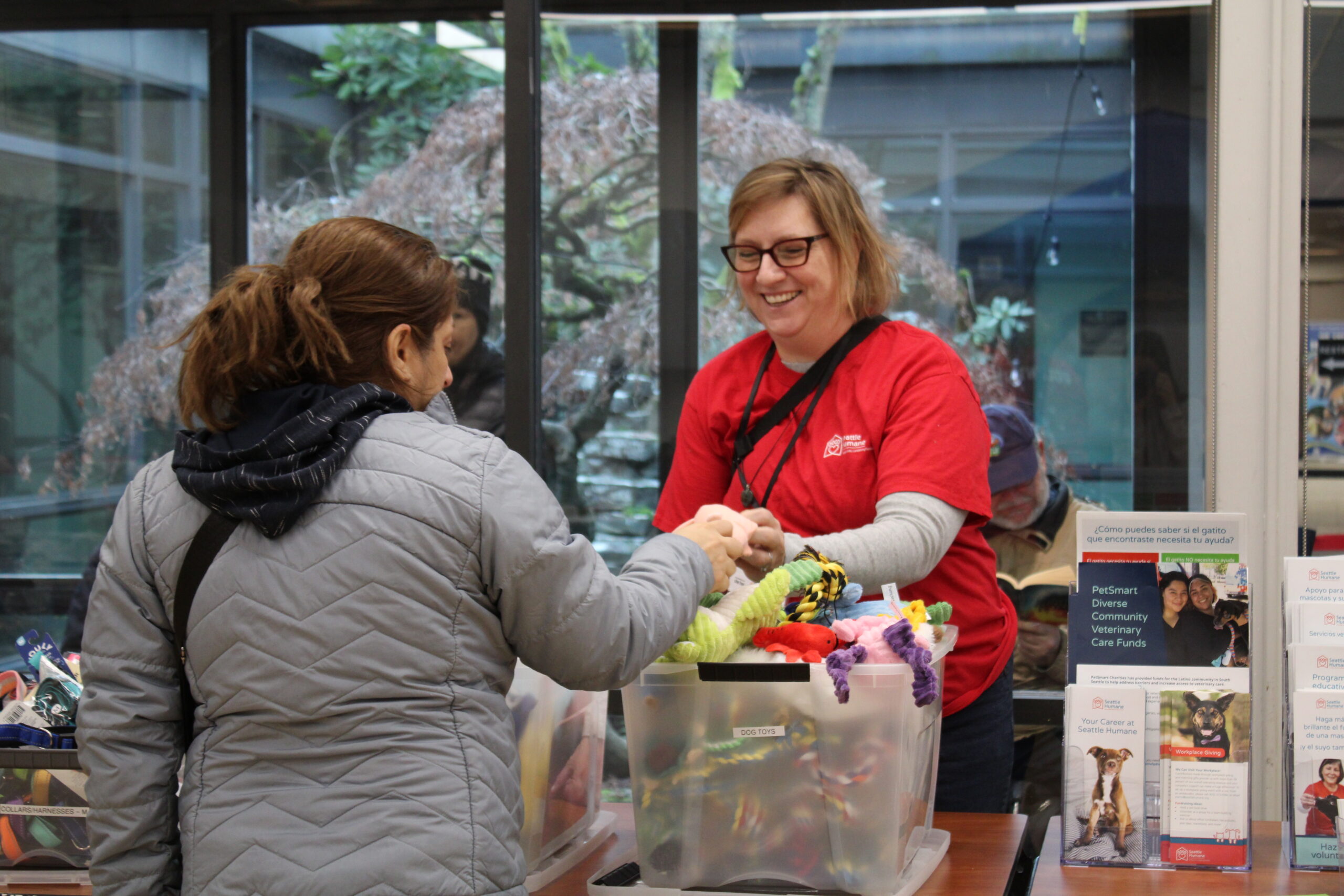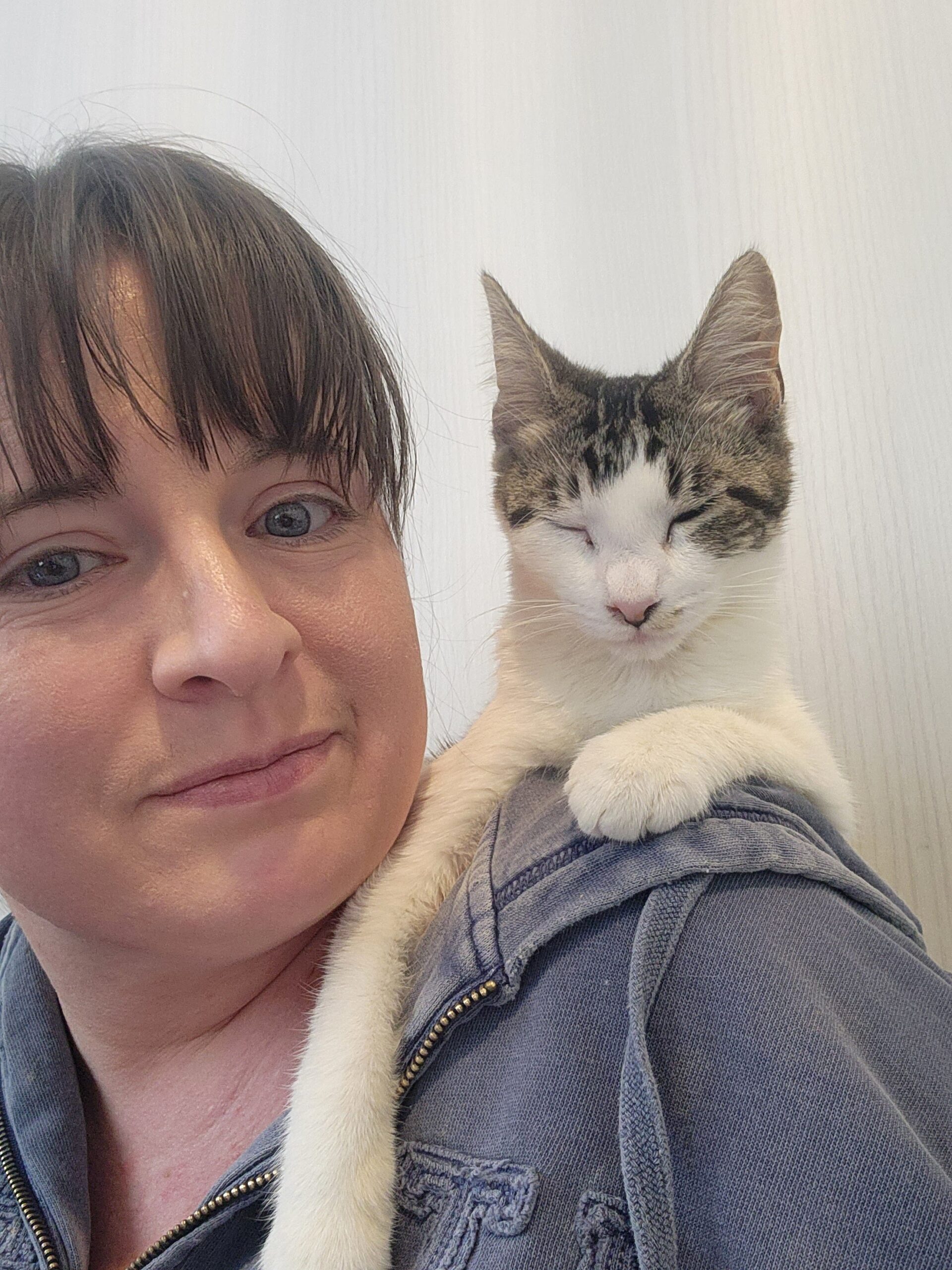Growing up, my family frequently made the two-hour drive on weekends to visit my grandmother. During one of the drives, when I was around 10 years old, I was asleep in the third row of my parents’ SUV with the family dog, Hetti. She and I were close, but this was a late night drive and we dozed off. I don’t remember exactly what happened–I must have pinched her tail or startled her awake–but before anyone knew it, she gave a sharp bark and had my head in her mouth.
I was lucky. I didn’t have any injuries, but needless to say, everyone was shaken.
The facts about dog bites
You might be surprised, but there are about 4.5 million dog bites in the United States each year, according to the CDC. The National Library of Medicine reports children under 14 years old are the most affected and kids ages 5-9 are at the highest risk. A high percentage of these bites are to the face and neck.
Even more concerning, roughly 77% of all dog bites are to children or members within the dog’s own circle, family, friends and neighbors. This means the majority of bites are coming from our pet dogs, not strays––just like in my incident.
Our dogs are family members, and we owe it to them to try and prevent them from feeling the need to bite. Don’t be fooled, even the sweetest dog can be pushed to bite. In order to help prevent bites we need to look at the reasons that dogs bite.
Some common reasons dogs bite include:
-
- Fear, anxiety and stress
- Pain or discomfort
- Previous warning signs (like lip raising or growling) have been ignored
- Poor socialization
- Resource guarding (food, toys, places, people)
What can we do to reduce the risk of dog bites?
Let’s start with the most vulnerable group: kids.
One of my favorite sayings from a fellow trainer is “Kids and dog on the scene, adult in between.” Whether it’s your dog or someone else’s, always closely supervise their interactions with children. Dogs should also have safe zones, like a bed, kennel or gated off area, where they can retreat and won’t be disturbed. Baby gates are incredibly helpful in separating dogs and young children when your attention is elsewhere.
Learn polite greeting styles and consent tests
Kids (and adults!) should learn how to respectfully interact with dogs. It’s important to know that many dogs find interacting with strangers stressful. We can teach dogs how to politely greet people but there are things that we can do when we’re greeting a dog that can reduce misunderstandings that could lead to a bite. Overly enthusiastic greetings can lead to jumping, face licking or trigger a defensive reaction from the dog.
Here’s a few important guidelines:
-
- No hugging, climbing on or rough petting. Dogs generally don’t enjoy being hugged or handled roughly.
- Always ask before approaching or petting someone else’s dog.
- Don’t approach tethered or unattended dogs.
- Let them come to you! Don’t rush up to them.
- Turn your body slightly to the side, and avoid direct eye contact.
- Don’t reach over their heads.
Owners should avoid putting their dogs in uncomfortable and stressful situations, and should feel comfortable in saying “No” when asked by a stranger to greet their dog.
Whenever petting a dog, try the “Pet, Pet, Pause” method. This gives our dogs the chance to tell us whether or not they were enjoying the attention. This is also a fantastic opportunity to teach children about body autonomy and consent. Learn more about dog safety with kids in this kid-friendly video from Good Dog in a Box.
Learn Dog Body Language
Dogs speak a completely different language than we do! They communicate through body language, so it’s important that we learn to speak “Dog.” We often miss the early signs that they are feeling uncomfortable, but we certainly notice when they bite.
Watch for warnings like:
-
- Lip licking
- Growling
- Showing teeth
- Yawning
- Hard stares
- Becoming stiff or frozen
Understanding these signs can prevent bites before they happen, and build trust by letting your dog know that you understand them.
To learn more tips for reading dog body language watch this short video from Fear Free Happy Homes.
If you’re interested in taking a deeper dive into how dogs communicate, sign up for Seattle Humane’s Dog Training Basics Seminar.
Keep Your Dog On Leash When in Public
Unless you’re in a designated off-leash area, your dog should be on leash. This is not only for their safety, but also everyone else’s. It’s also the law! We are lucky to live in an area where we have lots of off leash dog parks and SniffSpots that we can take advantage of to let our four legged friends run free.
Socialize Puppies and Adult DogsWhether you’re starting with a young puppy or welcoming an older dog into your home, socialization plays a crucial role in helping dogs feel safe and comfortable in our human world. Socialization isn’t just about meeting other dogs—it’s about helping your dog build positive associations with all kinds of everyday experiences, from new environments and people to different sights, sounds and surfaces. A well-socialized dog is more likely to grow into a confident companion, better equipped to handle the ups and downs of life with resilience and ease.
Puppies between 8 and 16 weeks are in what we behavior experts call their “critical socialization” period, when puppies are most open to new experiences. Thoughtfully exposing them to a variety of people, sounds, and places during this time can make a huge difference in their lifelong behavior. To learn more about puppy socialization period visit the American Veterinary Society for Animal Behavior (AVSAB).
Seattle Humane is proud to have an amazing team of certified dog trainers to help you during your puppy raising. Sign up for Seattle Humane’s Puppy training classes to get expert support with socialization and training.
Adult dogs should also be socialized, however because they are passed their critical socialization period progress may take more time and patience. If your adult dog needs help adjusting to the world around them, connect with one of our certified trainers through Seattle Humane’s Pet Training and Behavior Resources webpage.
Muzzle Training
Muzzle training is one of the most overlooked yet incredibly valuable skills you can teach your dog. Just like a leash or harness, a muzzle is simply another piece of equipment that can help our dogs safely navigate the world and give their humans peace of mind.
There is still a lot of unfair stigma regarding dogs in muzzles. Often when people see a dog wearing a muzzle, they assume that the dog is a bad dog. When I see a dog wearing a muzzle, I’m a happy trainer and see a responsible dog owner because a muzzle trained dog is a safer dog.
Muzzles can be useful in a variety of situations, including:
- Visits to the vet or the groomer
- When a dog is injured and in pain
- To keep dogs from eating things they shouldn’t on walks
- Ensuring safe play with other dogs
When trained correctly, most dogs are completely comfortable wearing a basket muzzle. Some can even be excited when they see it because it means good things are coming, like treats!
For a step-by-step guide to muzzle training, check out this great article by one of our staff dog trainers, Cathy Madson. -
Dog bites are preventable, but only when we take time to understand, respect and advocate for our dogs. With education, supervision and empathy, we can help dogs and people live safely and happily together.









